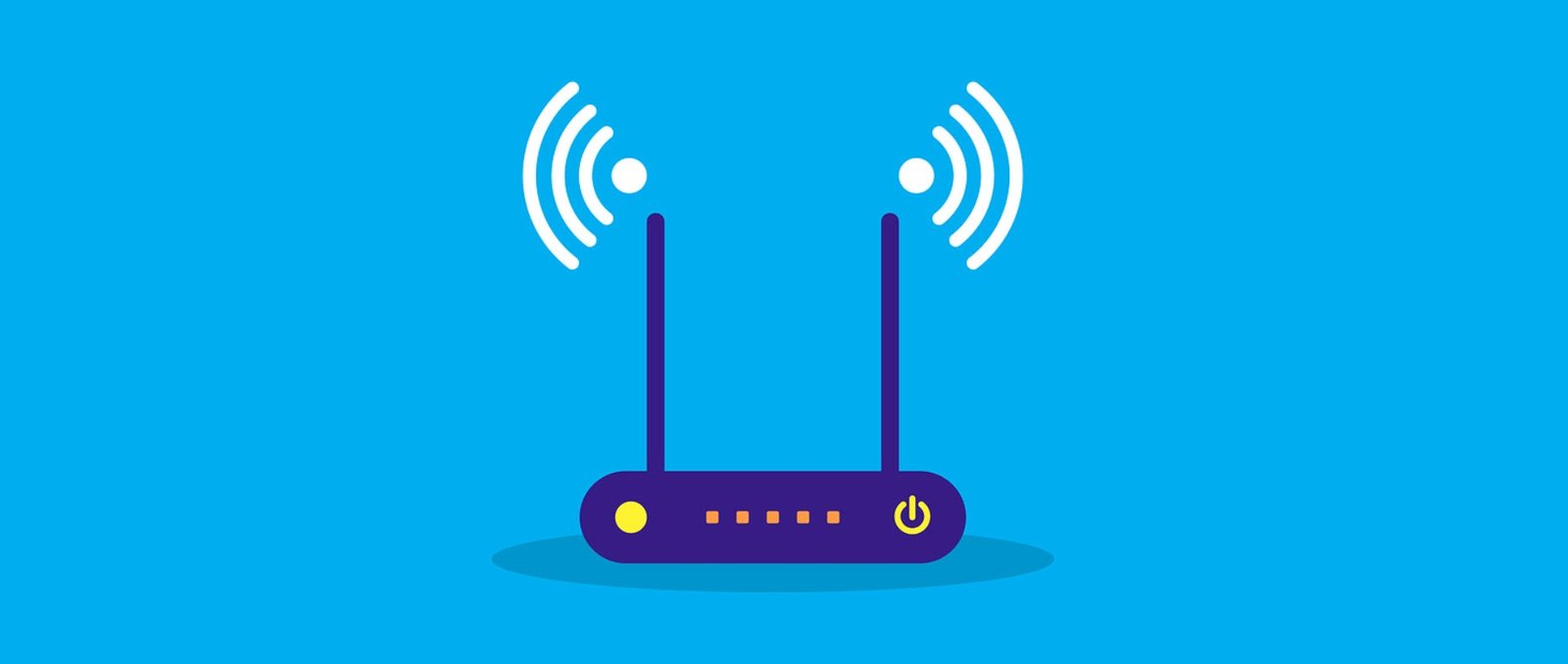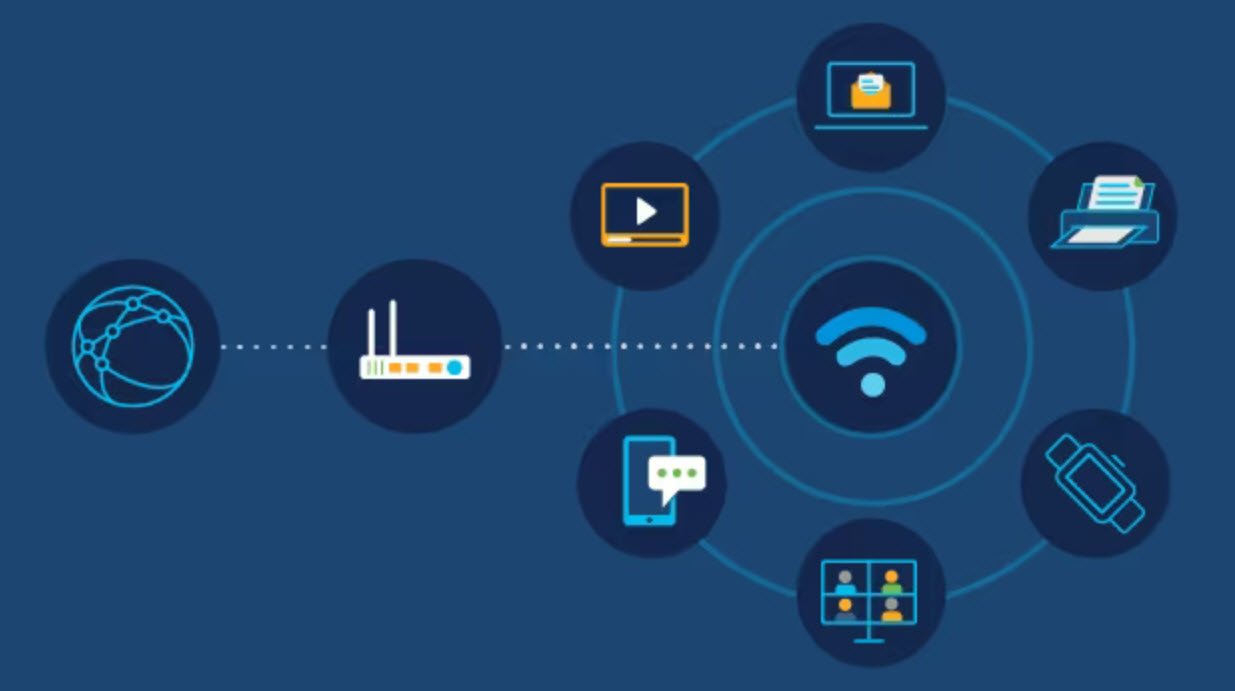
Wireless Local Area Networks (WLANs) have become integral to our daily lives, providing convenient connectivity. However, the inherent vulnerabilities in wireless technology demand a robust security framework. While WLANs offer some level of security through SSID, open or shared key, and MAC authentication, additional measures are crucial to fortify against evolving threats.
In this article, we explore best practices for Wi-Fi security that address specific wireless technology challenges while aligning with broader organizational security architectures.
Critical Issues in Wi-Fi Security:
To establish a secure WLAN solution, it is imperative to address key issues inherent to wireless technology:
1. 802.1X Authentication Standards:
Implementing 802.1X authentication standards adds an extra layer of security, requiring users to authenticate before gaining access to the network.
2. WEP Key Management:
Robust management of Wired Equivalent Privacy (WEP) keys is essential to prevent unauthorized access and data interception.
3. User and Session Authentication:
Enforce stringent user and session authentication protocols to verify the legitimacy of devices and users connecting to the WLAN.
4. Access Point Authentication:
Ensure that access points themselves undergo authentication to prevent unauthorized devices from acting as rogue access points.
5. Detection of Rogue Access Points:
Deploy mechanisms to detect and eliminate rogue access points that may pose security threats to the WLAN.
6. Unicast Key Management:
Efficiently manage unicast keys to secure communication between individual devices and the access point.
7. Client Session Accounting Records:
Maintain detailed accounting records of client sessions to track network activity and identify potential security incidents.
8. Mitigation of Network Attacks:
Implement measures to identify and mitigate various network attacks that could exploit vulnerabilities in the WLAN.
9. WLAN Management:
Employ secure WLAN management practices to monitor and control network access, configurations, and security policies.
10. Operating System Support:
Ensure that the WLAN infrastructure is supported by updated and secure operating systems to minimize vulnerabilities.
Basic Low-Level Steps for Routine Security:
In addition to addressing the aforementioned issues, incorporating routine low-level steps is crucial for foundational Wi-Fi security:
1. Basic WEP Activation:
Enable basic WEP for all access points to establish a fundamental level of encryption.
2. MAC Address Filtering:
Create a whitelist of MAC addresses allowed to access the WLAN, preventing unauthorized devices from connecting.
3. Dynamic Encryption Key Exchange:
Utilize dynamic encryption key exchange methods provided by various security vendors for enhanced security.
4. Regular Software Updates:
Keep all access point and client software up-to-date with the latest patches to address known vulnerabilities.
5. Secure Access Point Configurations:
Set strong access point passwords, change default SSIDs, and disable SSID broadcast to deter unauthorized access.
6. Radiowave Leakage Mitigation:
Minimize radiowave leakage outside the facility by strategic access point placement and antenna selection.
Advanced Security Measures for Large Organizations
For organizations valuing data security, implement advanced protection mechanisms, including Kerberos or RADIUS authentication, end-to-end encryption, password protection, user identification, Virtual Private Networks (VPN), Secure Socket Layer (SSL), and firewalls.
Conclusion
While the outlined measures provide a foundation for Wi-Fi security, it’s crucial to recognize that security is an ongoing process. Evolving threats necessitate constant vigilance, adaptation, and the incorporation of the latest security technologies.
By combining best practices, routine steps, and advanced security measures, organizations can create a resilient and secure WLAN environment that safeguards sensitive data and maintains the integrity of wireless communications.
You may also like:- How To Easily Crack Wi-Fi Password
- Wireless Vulnerability Assessment Process – A Brief Guide
- The Pros and Cons of Wireless Data
- 20 Essential Tips for a Secure and Efficient Wireless Network
- Top 6 Different Modes of Wireless Network Adapters in Kali Linux
- 150+ Important Wireless Networking Abbreviations
- Wireless Security Standards – A Brief Guide
- Hacking And Securing Wireless Networks – A Brief Guide
- 200+ Wireless Multiple Choice Questions and Answers
- Wireless Sniffing with Fake Access Point (WPA2) – A Practical Demonstration








